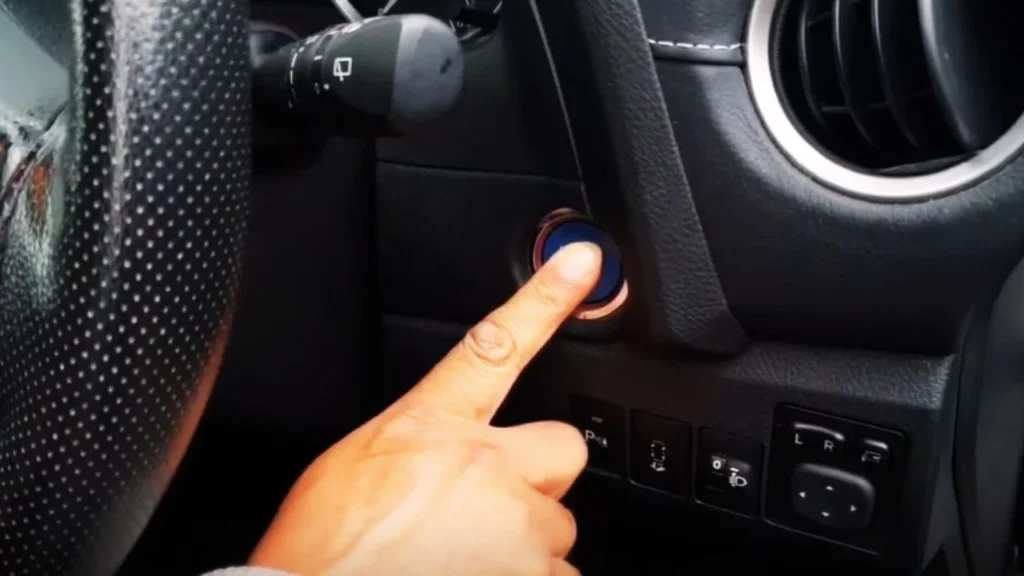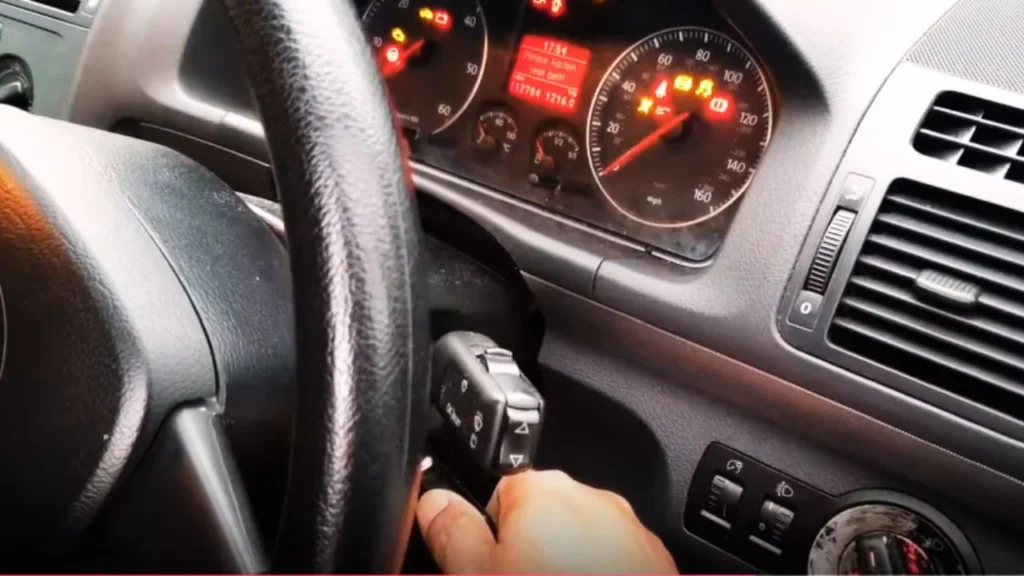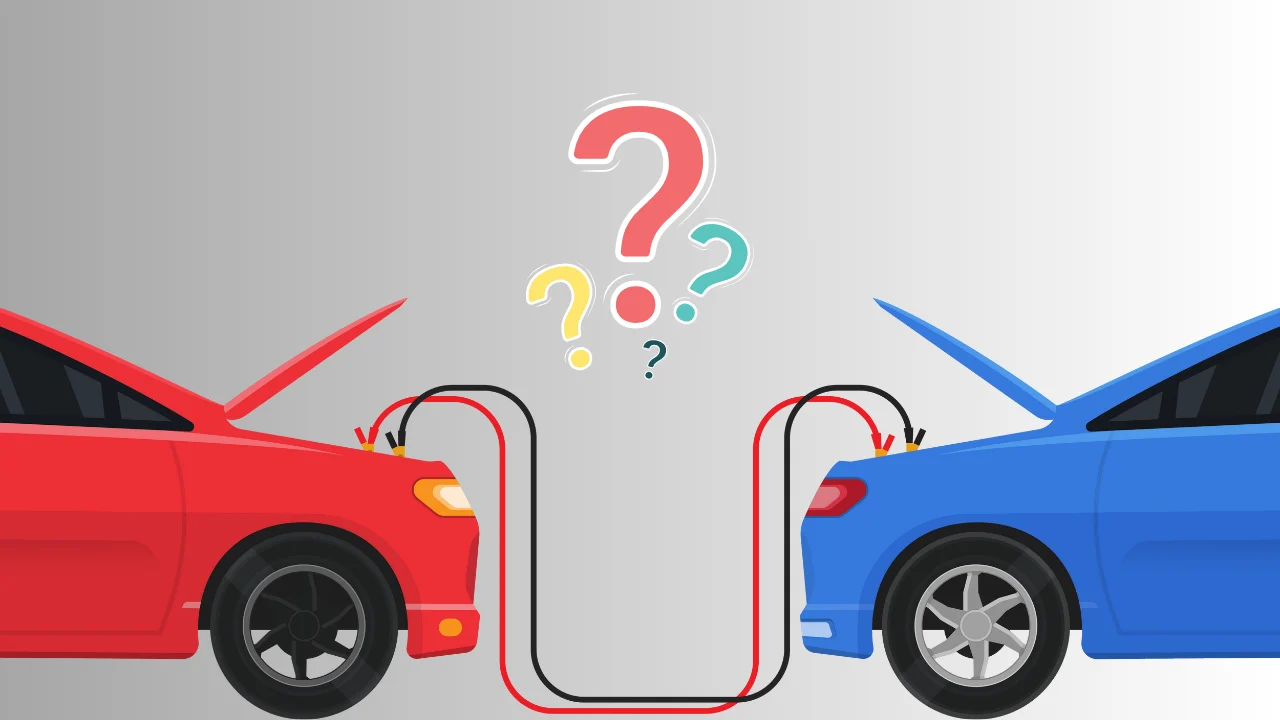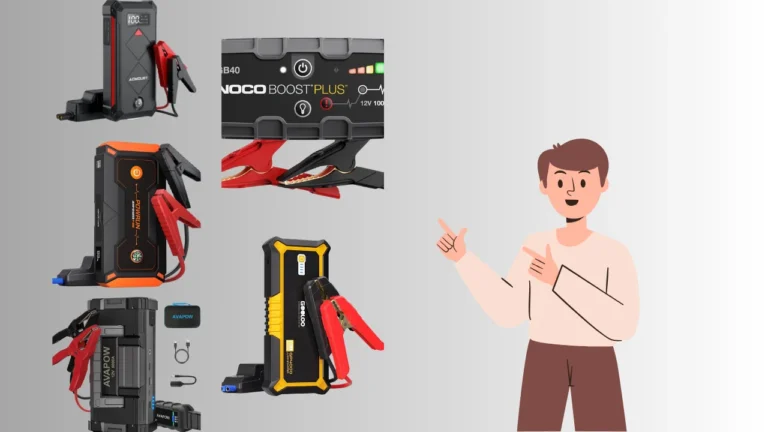Have you ever wondered, “can a hybrid jump start a normal car?” With over 5 million hybrids on the road, it’s a question many hybrid owners may face. Given the unique battery setup in hybrids, it’s only natural to be curious about their jump-starting capability. Check our guide on how to jump start car with portable battery for step-by-step instructions.
Hybrids combine a high-voltage battery for the electric motor and a 12-volt auxiliary battery, which powers standard electrical functions. This small 12-volt battery is similar to those in traditional cars, making it theoretically possible to jump-start another vehicle—but with some precautions in mind!
Quick Look
Yes, a hybrid can jump-start a normal car using its 12-volt auxiliary battery. Just ensure both vehicles are properly connected and follow safety steps carefully. Always consult the hybrid’s manual first to avoid damaging its electrical system.
Does jump-starting a car with a hybrid affect its battery life?
Jump-starting a regular car with a hybrid’s 12-volt auxiliary battery generally doesn’t harm the hybrid’s battery life if done correctly. The 12-volt battery is similar to that in conventional cars and can handle the brief power transfer required.
However, it’s crucial to follow the correct procedure, like ensuring solid connections and not using the hybrid’s high-voltage system. Improper handling could lead to short circuits, potentially straining the battery.
Consulting the hybrid’s manual and not overusing this feature can help preserve battery health, keeping it ready for its primary functions and minimizing any impact on its longevity. Find out if you can jump start a car with a bad alternator and what that means for your vehicle.
Hybrid Vehicle Batteries
When talking about hybrid batteries, there are actually two systems involved. Most hybrids have a high-voltage battery that powers the electric motor, often between 100 to 200 volts, which gives hybrids their fuel efficiency. However, they also have a 12-volt auxiliary battery, similar to what you’d find in any regular car.
This 12-volt battery is the one responsible for running standard car features like lights, wipers, and radio. Unlike the high-voltage battery, it’s located separately and can often be used to jump-start another vehicle. The best part? You don’t have to worry about handling high-voltage cables.
Using this 12-volt system is what makes it possible for a hybrid to jump-start a conventional car. Just like in any other car, this auxiliary battery provides the necessary power to get another vehicle’s engine running, as long as it’s adequately charged. Explore the top-rated portable car battery jump starter options for reliable performance.
Feasibility of Using a Hybrid to Jump-Start a Conventional Car
Yes, it’s possible to jump-start a conventional car with a hybrid, but there are some key things to keep in mind. Hybrid vehicles often have a smaller 12-volt auxiliary battery, specifically designed to run essential systems like lights and dashboard displays, not jump-starting.
So, while this 12-volt battery can jump-start another car, it may not deliver as much power as a traditional car battery.
Battery Variations Across Hybrid Models
The process can vary depending on the hybrid model, as newer hybrids are more advanced. For instance, a Toyota Prius or Honda Insight, popular hybrid models, typically provide around 200 to 300 volts in the high-voltage battery, but it’s the 12-volt battery that does the jump-starting. Ensuring this battery has enough charge is crucial, as attempting to jump-start when it’s low could strain both cars.
How Long Does It Take to Jump-Start with a Hybrid?
The chances of a successful jump-start depend on the hybrid’s battery charge and the condition of the other car’s battery. Generally, it can take up to 5 minutes to transfer enough charge from the hybrid’s 12-volt battery to start the other vehicle.
However, this approach might not work if the other car’s battery is completely drained, so keeping these limitations in mind is key. Learn how long to drive car after jump start to ensure your battery is charged properly.
Step-by-Step Guide: Can a Hybrid Jump Start a Normal Car?
Jump-starting with a hybrid might sound tricky, but I’ve got you covered! With a few careful steps, you can safely power up a regular car using your hybrid. Let’s walk through each step to make the process smooth and easy.
Step 1: Prepare the Vehicles
Park both cars close enough, around 12-18 inches apart, so the jumper cables reach. Ensure they don’t touch any metal parts to prevent sparks.

Step 2: Turn Off Electrical Components
Switch off all non-essential electrical items in both cars, like the radio, lights, and AC, for safety and focus on battery power.

Step 3: Attach the Positive Cable
Connect the red (positive) clamp to the positive terminal on your hybrid’s 12-volt battery. Then, connect the other end to the positive terminal of the car needing a boost.

Step 4: Attach the Negative Cable
Take the black (negative) clamp and connect it to an unpainted metal surface on your hybrid vehicle, away from the battery. Attach the other end to the negative terminal of the conventional car’s battery.

Step 5: Start the Hybrid
Power up the hybrid car and let it run for about 5 minutes. This allows enough charge to pass to the dead battery.

Step 6: Attempt to Start the Conventional Car
Now, try starting the conventional car. If it doesn’t start right away, wait another couple of minutes and try again.

Step 7: Disconnect the Cables in Reverse Order
Start with the black clamp on the hybrid, then the conventional car. Next, remove the red clamps, beginning with the hybrid and ending with the traditional car.

Precautions and Considerations
When jump-starting a car with a hybrid, safety is my top priority. Did you know that connecting the cables improperly could cause a spark or short circuit? Statistics show that mishandling batteries can lead to around 15% of electrical malfunctions in vehicles.
Consult the Hybrid’s Manual
I always start by reading my hybrid’s manual because each model can have specific guidelines. Manuals usually recommend jump-starting precautions that could prevent costly repairs—often saving up to $300 in potential electrical damage!
Use Protective Gear
Another thing I keep in mind is wearing protective gloves and eyewear. With nearly 10% of battery-related injuries resulting from acid exposure, a bit of preparation goes a long way. Plus, it makes the process feel much safer!
Alternative Solutions
Portable Jump Starters: A Convenient Backup
When it comes to jump-starting a car, I’ve found portable jump starters to be a real game-changer. These devices are designed specifically for the job and have become widely popular, with 75% of car owners reporting they’ve used one. They’re compact, easy to store, and eliminate the need for another vehicle.
Power and Compatibility
Many portable jump starters come with a power range of 500 to 1,000 amps, suitable for most car batteries. If you’re considering this option, it’s essential to check your car battery’s voltage compatibility – most conventional cars need around 12 volts. This way, you’re ready to go with a quick, reliable backup whenever needed.
Professional Assistance: A Reliable Alternative
If you’re ever unsure, professional help is just a call away, and 24-hour roadside assistance services can handle jump-starts safely. Over 90% of breakdown services offer this, so it’s a reliable choice if you’re uncomfortable attempting a jump-start yourself. After all, it’s always better to stay safe than risk damage to your car’s system!
Safety Precautions When Using a Hybrid to Jump-Start a Car
To safely jump-start a car using a hybrid, follow essential precautions to protect both vehicles and yourself. Here’s a quick guide on how to minimize risks during the process.
1. Check the Vehicle Manual
Before attempting to jump-start, consult your hybrid’s manual. Not all hybrids are suitable for jump-starting other vehicles, and specific models may have limitations or safety warnings.

2. Wear Protective Gear
Use gloves and safety goggles if possible. Electrical systems can generate sparks, so having this protection reduces the risk of burns or eye injuries.

3. Avoid Contact Between Vehicles
Ensure the vehicles are close enough for the jumper cables to reach but not touching. This prevents electrical grounding issues that could harm either car’s system.

4. Use Proper Cable Connections
Always attach cables in the correct order to avoid sparks or short circuits. Connect the positive clamps first, then the negative clamp on the unpainted metal part of the hybrid.

5. Limit Usage Frequency
Frequently using a hybrid to jump-start other cars can wear on its auxiliary battery. If possible, limit jump-starting to occasional use to preserve battery health.

6. Call for Assistance if Unsure
If you’re uncomfortable or unsure, consider using a portable jump starter or call roadside assistance.

Final Words
After exploring the question, “can a hybrid jump start a normal car,” it’s clear that it’s possible but requires care. Following the steps properly, like allowing 5-10 minutes for the battery transfer, can make a big difference.
Personally, I recommend always checking your hybrid’s manual first. Having a portable jump starter as backup is wise, just in case! Safety and preparation go a long way in preventing mishaps and ensuring your jump-start goes smoothly.
Ali is a tech enthusiast and automotive aficionado, passionate about sharing insights on the latest innovations and industry trends.





